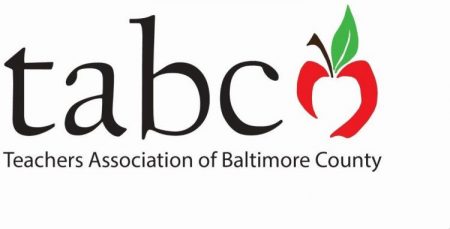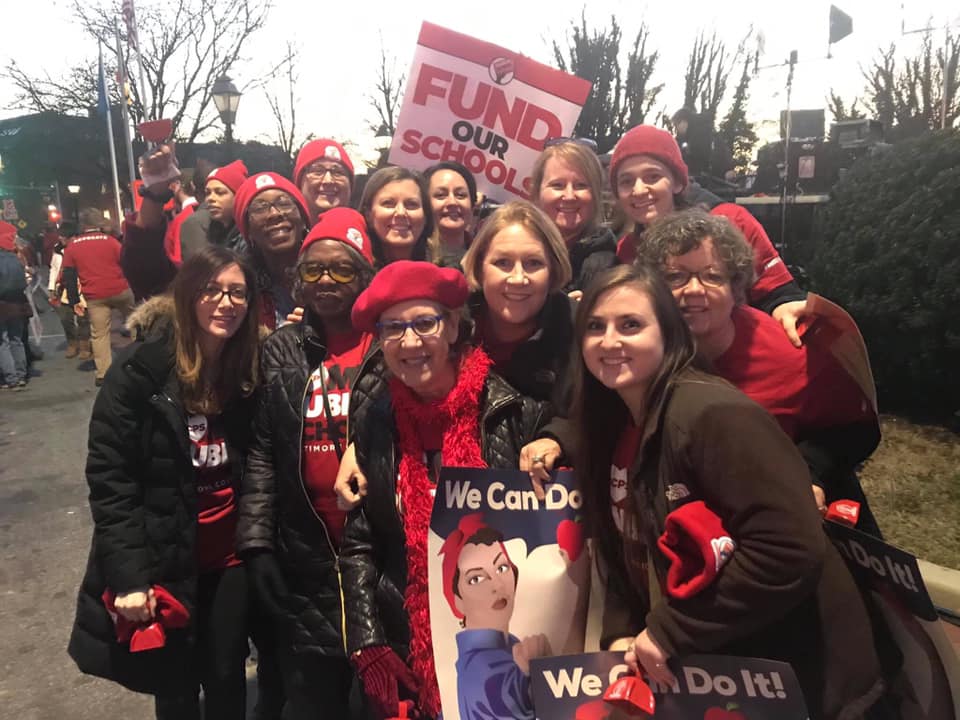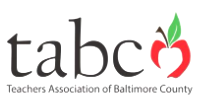What are community schools?
Thanks to the Blueprint for Maryland’s Future, nearly one-third of Maryland public schools will be converted to the proven community school model by 2027. Community schools provide comprehensive support and resources that are selected to meet their students’ and families’ needs and interests, which are rooted in the understanding and perspectives of the surrounding community. Since the design of the community school reflects the local needs, interests, assets, and priorities of that school, each model may look different. Maryland’s community school expansion, one of the largest in the country, will make a huge difference for students and families in communities where poverty and racism have erected barriers to learning and where families have few resources to supplement what schools provide.
Community schools identify and fill in the gaps where students need more resources and support to ensure their personal and academic success. Since 2003, when Maryland’s school funding formula was last updated, there has been a 59% increase in students receiving free meals and a 40% increase in students receiving free or reduced-price meals (FARMS). We know more students are experiencing hunger, abuse, neglect, fear, inadequate healthcare, the effects of institutional racism, trauma, and numerous adverse childhood experiences before they enter school and we are learning how to acknowledge their trauma and, through community schools, serve them more holistically.
Community schools address the whole child, with a comprehensive focus on academics, social and emotional well-being, and pedagogical and developmental needs to ensure students are ready and able to learn. Schools establish strategic partnerships with other community resources to promote student achievement, positive learning conditions, and the well-being of students by providing wraparound services like academic and language supports, nutrition, and medical, dental, and behavioral health care in addition to traditional classroom education (see page 2). Community schools have documented school-wide positive effects on academic performance, family and community engagement, attendance, absenteeism, and discipline and health issues.
Funding for community schools comes from the Blueprint’s Concentration of Poverty (COP) School Grants. Concentrated poverty is economic segregation—communities where 30% or more of residents fall below the federal poverty threshold (currently $24,200 for a family of four). In 2020, schools with a concentration of poverty of 80% or greater were designated as community schools. The Blueprint started to phase in community schools in FY 2020*—the 2019–2020 school year—for 219 schools with 80% or greater concentration of poverty. Seventy more became eligible for the 2021-2022 school year. More schools will be added, phased in by their poverty levels, until FY 2027, when 557 are projected to become community schools.
Funding is significant for community schools. In FY 2022, for example, statewide grant totals are estimated to be $116.9 million, an increase of $52.5 million over FY 2021. Once identified as eligible, a community school receives personnel and per pupil grants from the Blueprint in addition to its foundation funding. The personnel grant provides a community school coordinator who conducts a needs assessment to determine services and resources needed, and, if one isn’t in place, at least one full-time health care practitioner.
*Maryland’s fiscal year runs from July 1 through June 30 of the following year.
The Blueprint requires MSDE and local community school programs to follow community school best practices by providing:
- A director of community schools in MSDE who provides professional development for local coordinators
- A community school coordinator at each community school
- A complete needs assessment in collaboration with the coordinator, the principal, the health care practitioner, and the PTA or school council that informs the needed wraparound services
- Family and community engagement activities, including educational opportunities for adults and family members of students who live in the neighborhood of the school
- Expanded and enriched learning time and opportunities after school, during weekends, and in the summer
- Education, support, and resources that empower parents, students, teachers, principals, and community partners such as site-based leadership teams and teacher learning communities
- Support for parent teacher organizations or school family councils and a community school leadership team
Community Schools: What Are They?




